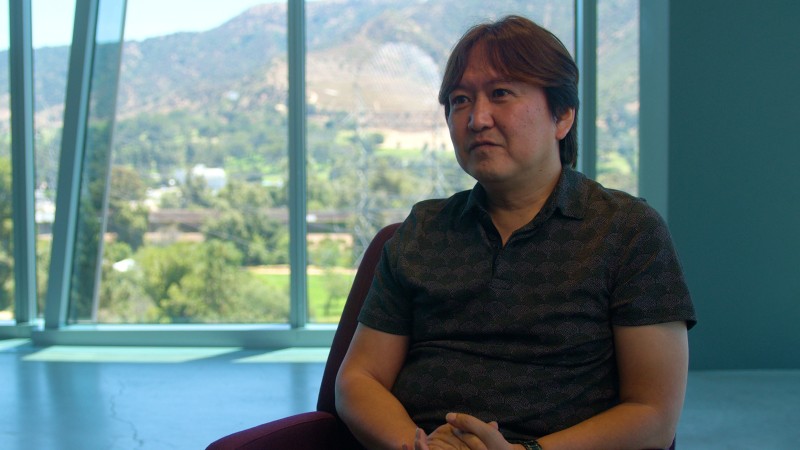Naver unveils HyperCLOVA X, a large language model excelling in Asian languages, aiming for global AI advancements and sovereign tech development….
Researchers produce grafts that replicate the human ear – Technology Org
Using state-of-the-art tissue engineering techniques and a 3D printer, researchers at Weill Cornell Medicine and Cornell Engineering have…
Examining lunar soil for moon-based construction – Technology Org
Most people are familiar with the iconic photograph of astronaut Buzz Aldrin’s boot print on the moon’s surface….
Strengthening Swiss hydropower with science – Technology Org
Researchers at ETH Zurich, led by Robert Boes, are developing specific solutions to optimise electricity production from Swiss…
NASA’s JWST probes an extreme starburst galaxy – Technology Org
An international team of astronomers has used NASA’s James Webb Space Telescope (JWST) to produce the highest-resolution image…
Unlocking new science with devices that control electric power – Technology Org
Mo Mirvakili PhD ’17 was in the middle of an experiment as a postdoc at MIT when the…
Researchers 3D print key components for a point-of-care mass spectrometer – Technology Org
Mass spectrometry, a technique that can precisely identify the chemical components of a sample, could be used to…
Sonic The Hedgehog’s Takashi Iizuka Reflects On Sega’s Road To The Dreamcast

Last summer, we sat down with Sonic Team Creative Officer Takashi Iizuka to discuss his multi-decade career at Sega. We learn about his childhood fascination with becoming a manga artist, the transition from college life to working at Sega, and his early career developing games like Devi and Pii, Golden Axe 3, and Sonic the Hedgehog 3. Iizuka remembers the excitement and challenge during the transition from the Sega Genesis (known as the Sega Mega Drive in Japan) to the Sega Saturn, which allowed the team progress from 2D pixel art to 3D polygonal modeling.
Notably, the Sonic the Hedgehog lead reflects on the early Dreamcast days, moving to the United States to better implement western culture into Sonic Adventure 2, and finally, describes his emotions after hearing Sega was exiting the hardware business and ending production of the Dreamcast.
Sonic the Hedgehog Lead Reflects on SEGA’s Road to Dreamcast:
[embedded content]
Please subscribe to Game Informer’s YouTube channel if you enjoy this video. Looking for more interviews like this? Check out Game Informer’s interview with Sonic Team’s Katie Chrzanowski detailing the making of The Murder of Sonic the Hedgehog.
Testing hypersonic materials in Arc-jet wind tunnel – Technology Org
Aerospace engineers at The University of Texas at Arlington are teaming with researchers from the University of Arizona…
Interesting mortar shells spotted in Ukraine – Technology Org
Mortars shoot at a high trajectory, which means that they can deliver strikes deep into enemy trenches. In…
